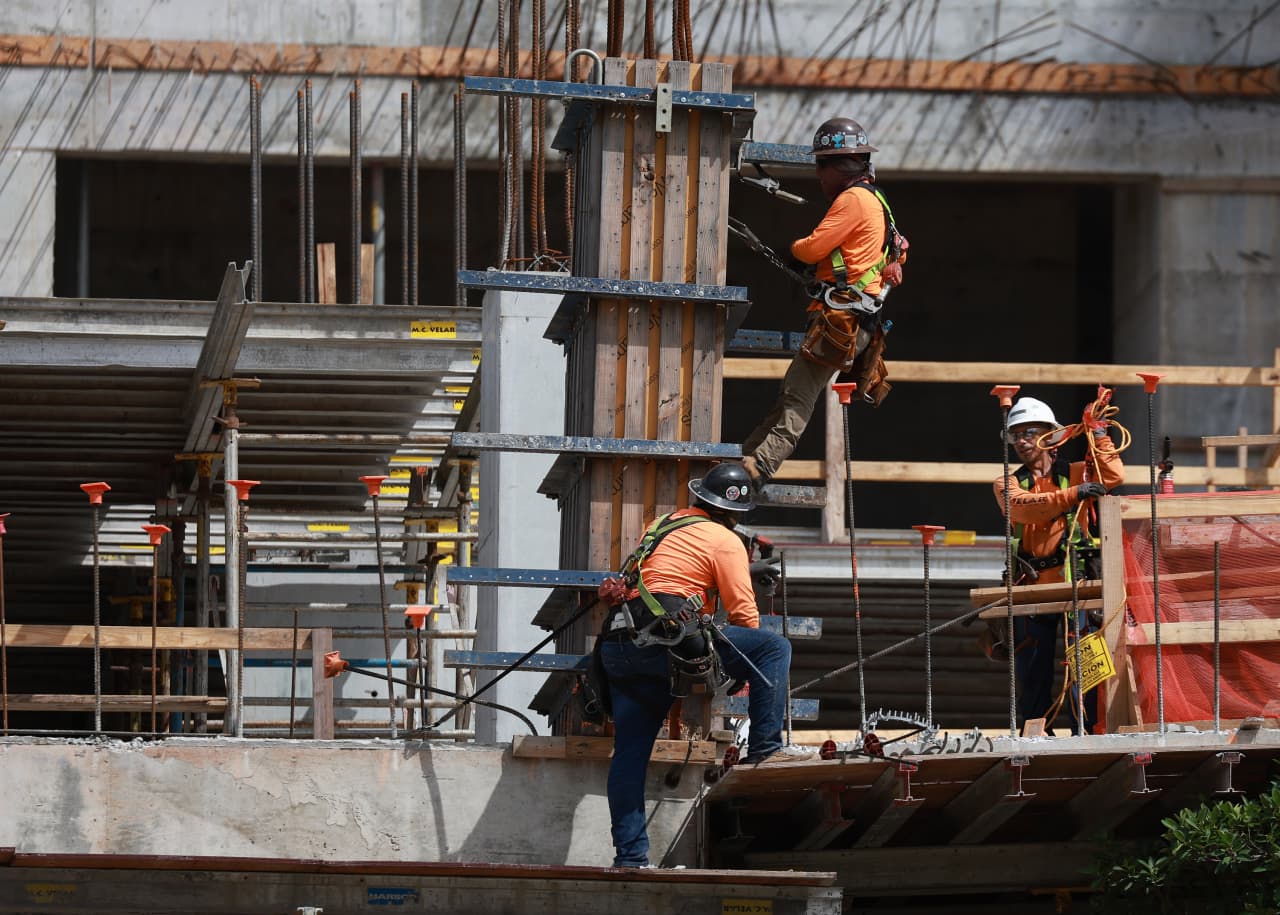The numbers: The closely watched index measuring U.S. manufacturing activity rose to 49.1% in January from 47.1% the previous month, according to the Institute for Supply Management. This is the highest level since October.
Economists polled by the Wall Street Journal had expected the index to rise to 47.2%.
Any number below 50% reflects a contracting economy. Production has contracted for 15 consecutive months.
In a separate release, the S&P Global PMI for the U.S. manufacturing sector recorded 50.7 in its final reading for January, up from the flash estimate of 50.3 and up from the December reading of 47.9. January’s gain represents the strongest improvement since September 2022.
Key Details: The ISM index of new orders jumped into expansionary territory in January, rising 5.5 points to 52.5%. This is only the second expansion in 20 months.
Output rose 0.5 point to 50.4% in January. This index was in decline in 10 of the last 14 months.
New orders from abroad were a big drag in January, falling 4.7 points to 45.2%. The sector has been weak for the last 18 months. Survey participants are more bearish on China and Europe.
Prices paid increased 7.7 points to 52.9% over the month. Commodity prices rose after eight consecutive monthly declines.
Five out of 18 manufacturing industries reported new orders, including the chemical sector. ISM officials saw the chemical sector as a leading indicator.
Switchboard: Regional manufacturing surveys were very weak in January, but the national ISM index showed some signs of life. Economists have said it will take time for the sector to stabilize, even if the Federal Reserve cuts interest rates.
What the ISM said: Timothy Fiore, chairman of the ISM’s manufacturing industry survey committee, said January data shows “the start of the next growth cycle, but it’s early.” He said the improvement came after the Federal Reserve signaled it plans to cut rates in 2024, which helped improve investment spending.
What outside economists said: “In short, the manufacturing sector appears to be over the worst of the worst, but we see few signs of a violent recovery from the data; a further gradual upward trend in activity is a more reasonable bet,” said Ian Shepherdson, chief economist at Pantheon Macroeconomics.
Market reaction: DJIA SPX shares were higher in early trading Thursday, while the yield on the 10-year Treasury note BX:TMUBMUSD10Y fell to 3.88%.
